
How passionately loved Greene’s life, can be seen at least from the extent to which he was occupied with the problem of death. In close connection with the problem of death, Baldung has a problem of sensuality. He is deeply interested in the body, both in the beauty of the body and in the horror of his withering.
“Three ages of women and death” is Hans Baldung Green’s most famous painting. The favorite theme of artists of different epochs was a symbolic depiction of the age of man, youth and old age, the beauty and withering of the human body.
The allegorical female figures depicted in the painting make us think about the fleetingness and ruthlessness of the time: Childhood in the form of a sleeping baby, blooming Youth, then exhausted Old Age, and finally Death in the form of a skeleton with an hourglass.
In Baldung Greene’s paintings, reflections about the beauty of the human body almost always face terrible images of death. “Death, death and death again, Hans Hans Baldung Greene wrote – whitish thickening, knotty joints, twisted, gloomy shamelessness of the hip bones. And on what was once a hand, hung a heavy gold bracelet of exquisite weaving. I remained mute and motionless in front of these beggarly remains, before this terrible decline of human flesh… “
Hans Baldung Green returned to the topic of life and death many times. This theme is very typical for the art of the Northern Renaissance, but the master expressed it most fully and deeply. In the film “Seven ages of women and death” – this topic reached its climax. Before us is a series of women, symbolizing the woman’s earthly path. No matter how charming she was in her youth, old age with her ugliness and death is inevitable.
 The altar of Saint Sebastian by Hans Baldung
The altar of Saint Sebastian by Hans Baldung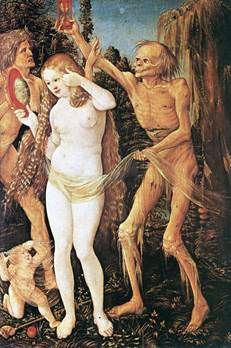 Trois âges de la femme et de la mort – Hans Baldung
Trois âges de la femme et de la mort – Hans Baldung Eva, the snake and death by Hans Baldung
Eva, the snake and death by Hans Baldung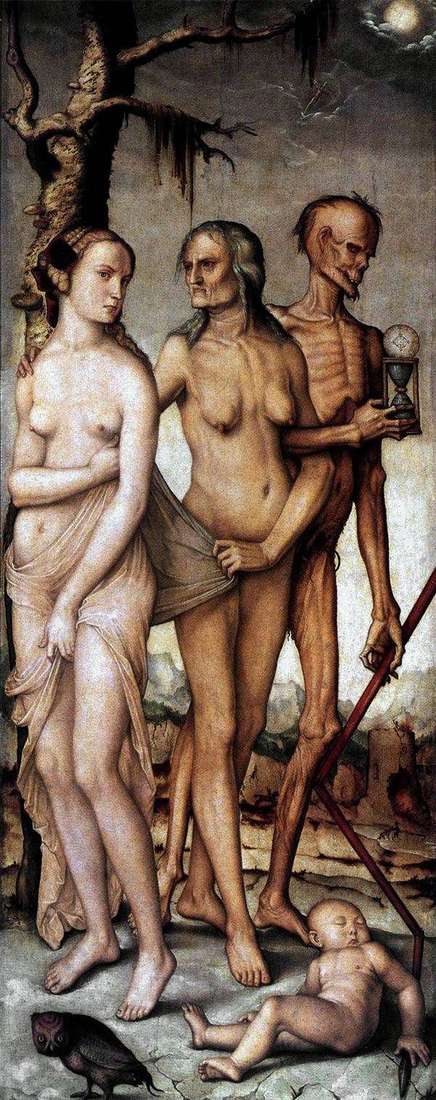 Three age person by Hans Baldung
Three age person by Hans Baldung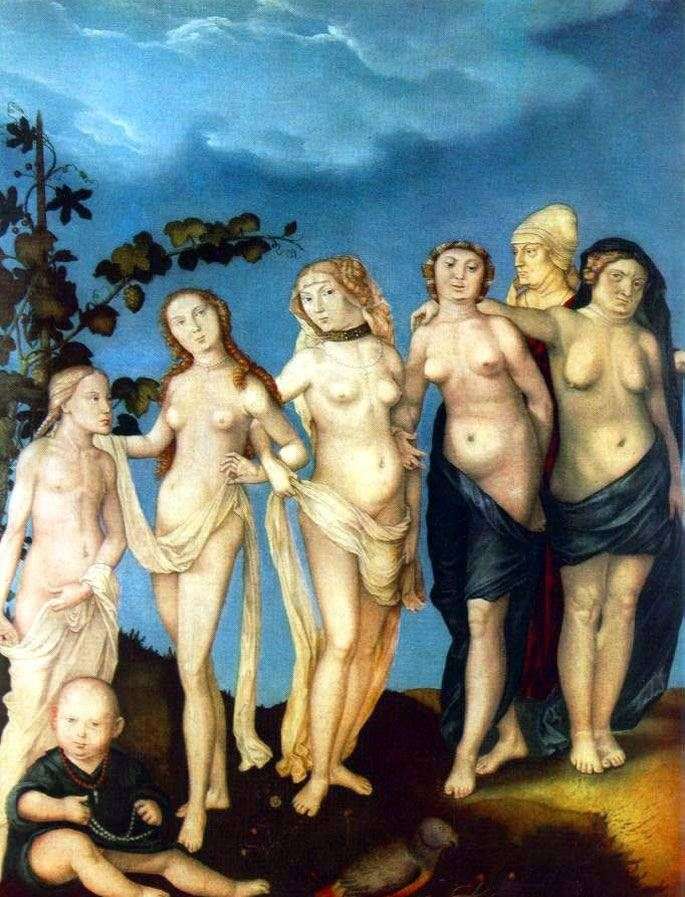 Seven woman ages by Hans Baldung
Seven woman ages by Hans Baldung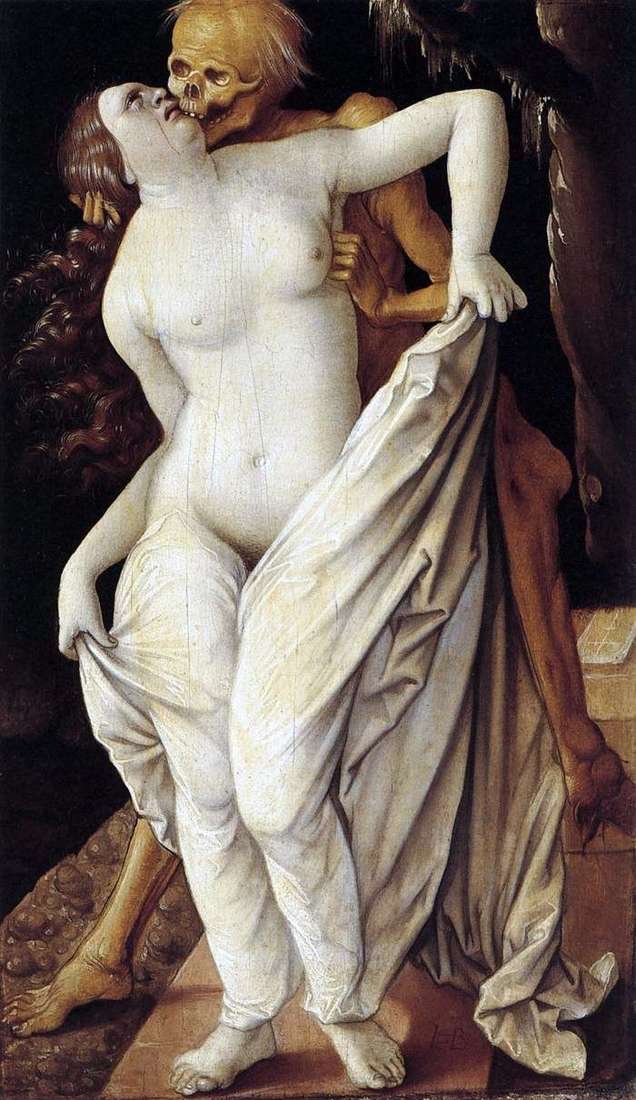 Girl and Death by Hans Baldung
Girl and Death by Hans Baldung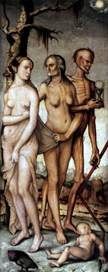 Trois âges de l’homme – Hans Baldung
Trois âges de l’homme – Hans Baldung Knight, young girl and death by Hans Baldung
Knight, young girl and death by Hans Baldung